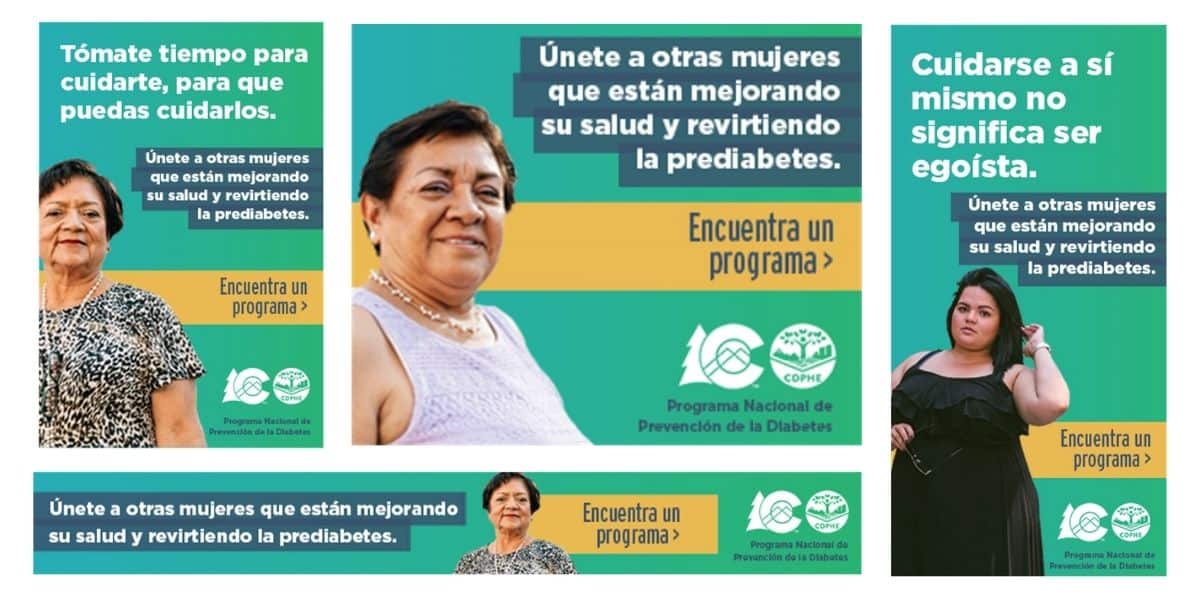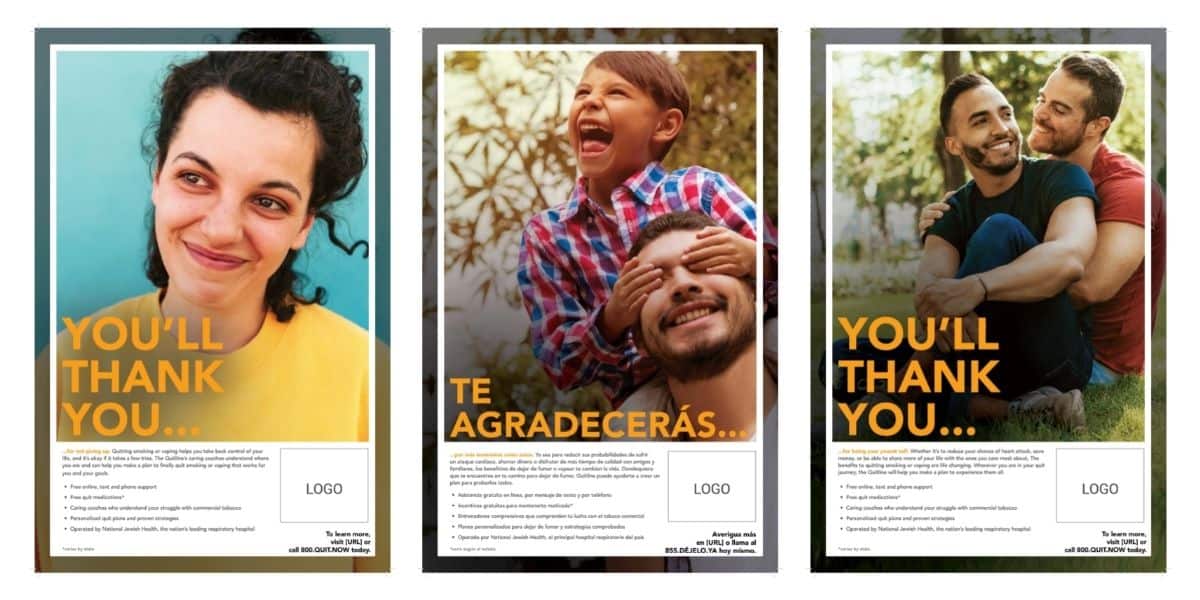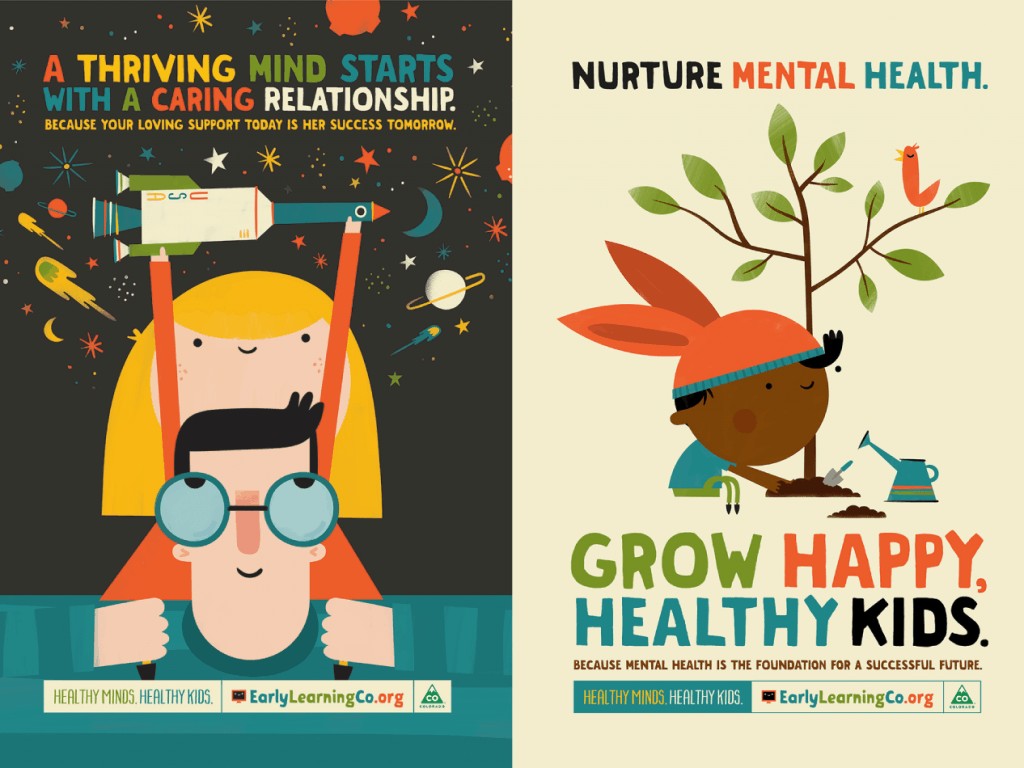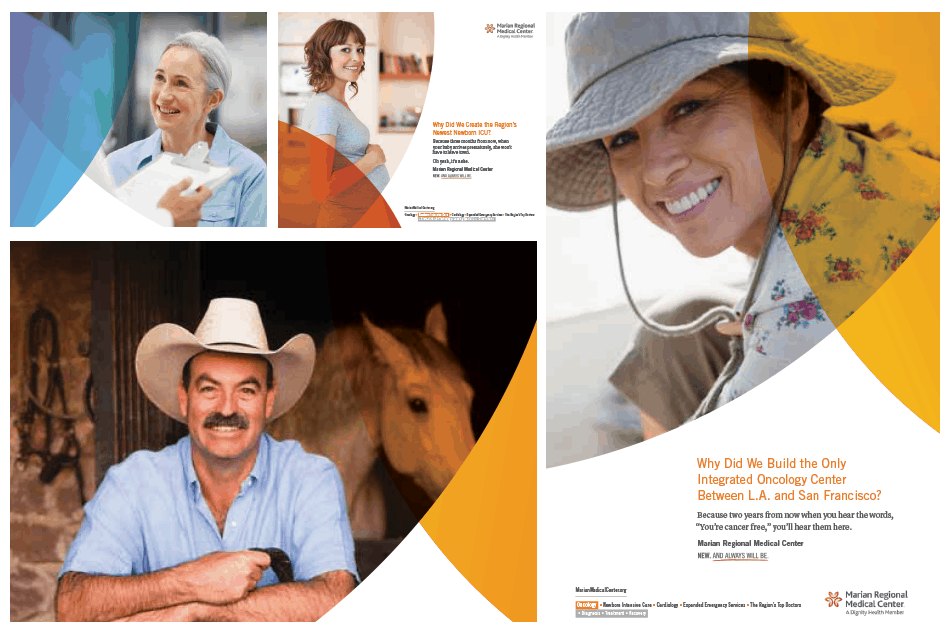
In social marketing, individuals from low socioeconomic backgrounds are often primary audience targets. That’s because poverty creates tangible inequities that impact the health, access to education and economic opportunity of people with limited resources.
Thanks to a number of factors, both practical and political, it’s getting harder and harder to simply rely on technology tools — or traditional methods of in-person outreach — to get our messages in front of the right population of low-income individuals.
We’ve reflected on SE2’s extensive experience creating campaigns to reach low-income audiences and are highlighting three key factors for communicators to consider:
1. The Big Data Backlash — and a sharply polarized society — make it increasingly difficult to effectively engage with low-income populations
The Big Data Backlash is in full swing with consumers increasingly less willing to share their personal data online and far less trusting that corporations and other entities will keep their data secure. Frequent data breaches have spooked consumers.
In response, advertisers including Facebook are making many changes to their platforms related to how user data is handled. And new regulations, including the General Data Protection Regulation in Europe, have driven Facebook to remove some demographic targeting features, including household income.
Indeed, as consumers become more and more uncomfortable with the highly personalized nature of digital advertising, advertising platforms are responding by restricting the data points that brands can use to identify and market to consumers.
To complicate things further, some low-income populations, immigrants in particular, may feel targeted in the current political climate. This drives people who feel vulnerable to keep an even lower profile than they otherwise would and makes them harder to reach — even via traditionally effective channels (e.g., in-person outreach via schools, churches and other trusted institutions).
- How is your organization ensuring effective audience-targeting in an era when the rules are changing by the day?
Consider: SE2 was hired by a coalition of early childhood stakeholders to plan a sustainable, statewide outreach strategy aimed at increasing parents’ awareness of social-emotional development and early childhood mental health. Once the research and message development phases of the project were complete, SE2 focused the outreach strategy on engaging parents through their most trusted messengers — child care providers and health care professionals. The implementation phase focused on developing tools and channels to ensure our audience of early childhood professionals felt prepared — and inspired — to incorporate our messages into their usual interactions with families.
2. Carefully consider the messaging, creative concept and call-to-action to ensure resonance
Effective messaging for low-income individuals is far more nuanced than just vocabulary and reading level.
In general, the messages and creative that perform best in focus groups and audience research are more literal and don’t rely on shared associations or conceptual frameworks. Overly clever copy, sarcasm or innuendo are rarely effective with these audiences. Straightforward, clear and literal language is a far better driver of engagement.
When it comes to the call to action, make sure what you are asking is realistic for the audience. Make sure the call to action includes not just what you want the audience to do, but how they can do it. Approach each campaign with the understanding that this is a savvy, but stretched-thin, population.
Calls to action that require travel, a significant investment of time, or even an internet connection might not be practical. Consider including a phone number to expand access to your campaign. And of course, make sure that when the audience heeds to the call to action, they are met in a culturally and linguistically appropriate environment that nudges them closer to the ultimate action we want them to take (e.g., quit smoking, enroll in a program).
- How does your organization make sure that calls to action are realistic and actionable for diverse populations?
Consider: SE2 conducted audience research aimed at increasing the number of eligible Coloradans that claim cash-back tax credits designed to support working families, including the Earned Income Tax Credit (EITC). Focus groups allowed us to develop strong messaging and determine the most effective call to action. Importantly, our call to action included not only a request that taxpayers claim the EITC, but also information on how they could do so (via one of the state’s free tax prep sites).
3. Populations from low socioeconomic backgrounds are extremely diverse; ensure engagement by developing audience “personas”
If the target audience is “low-income populations” in a certain area, the reality, of course, is that there are dozens of potentially smaller audiences within this decidedly un-monolithic group.
It should go without saying that when it comes to people from low socioeconomic backgrounds, the diversity is staggering. Consider the vast perceptual differences between rural white people and urban residents of color, or the differences between non-English speaking immigrants and long-time residents dependent on government assistance. These groups may all have low incomes, but the similarities likely end there. Each of these sub-audiences require different strategies and tactics — even within the same campaign — to effectively move them to action.
That brings us back to effective Marcom 101: Know your audience. Audience personas are a good way to do this.
Audience personas are detailed narrative sketches that outline the values, concerns, existing knowledge and biases of a particular subgroup. Personas are effective tools for communicators that broaden the impact of campaigns by narrowing the focus. When they guide every interaction with the audience, audience personas help brands build a stronger connection with consumers. Creating audience personas is a combination of research, knowledge and intuition, and even creativity. Developing personas requires us to put ourselves in our audience’s shoes to uncover not only basic demographic information but deeper psychographic insights about their goals and aspirations, what motivates them, what they fear, and the barriers they face. A useful audience persona isn’t just a bullet list of audience traits. It’s a nuanced picture of your target audience, who they are and what they aspire to be.
- How can your organization uncover the psychographic traits of your consumers and use this understanding to create more effective campaigns?
Consider: In past decades, the smoking rate has dropped significantly, but subpopulations still smoke at much higher rates than the population overall, including low-income adults. As part of SE2’s anti-tobacco work for the state, we created campaigns to target young adult smokers without a college education. Of this group of straight-to-work young adults, we developed two detailed personas — one of a thrill-seeking socializer and another persona of a stoic individualist. From these two very different points of reference, we created campaigns that both promoted the same smoking cessation message, but through sharply divergent philosophical points of view.





